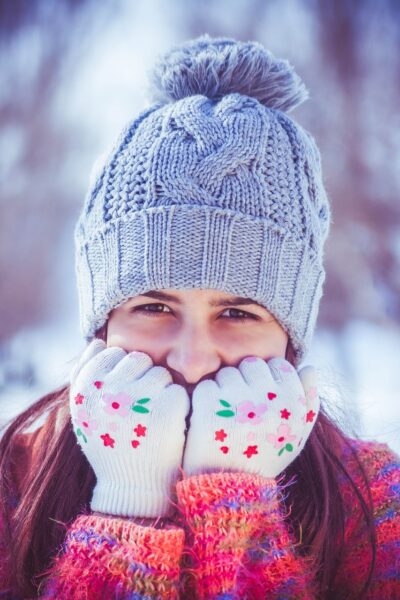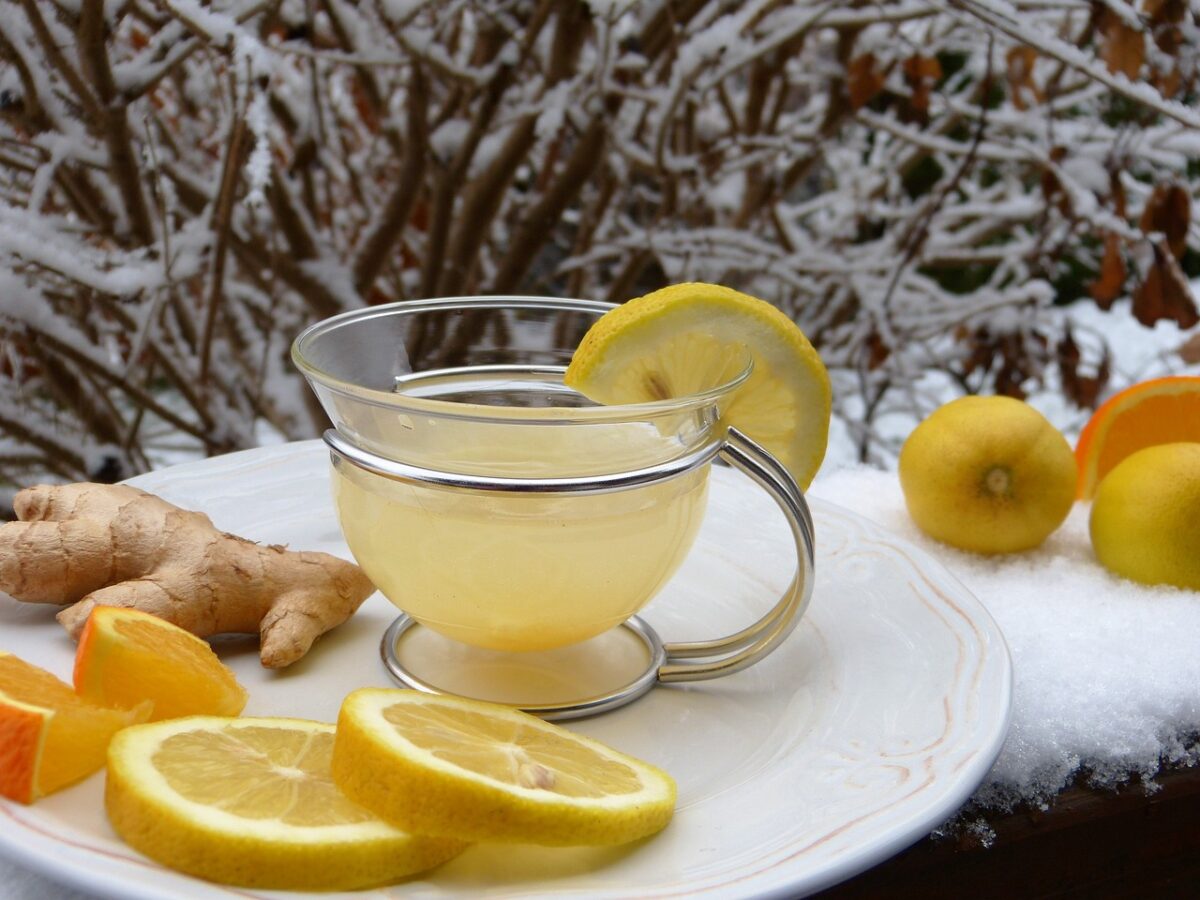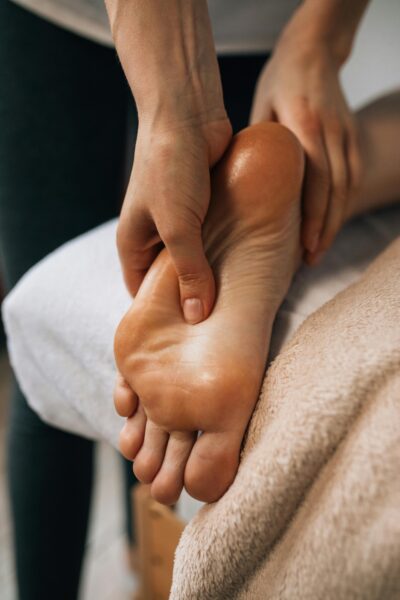Colorado winters can be unpredictable! We often enjoy stunning blue bird days that invite outdoor activities, only to be met with sudden, frigid temperatures that make venturing outside less than appealing. Recently, a cold snap lingered over the Front Range, reminding us how sensitive our fingers and toes can be during the winter. While some experience mild discomfort in the cold, others endure severe pain, numbness, and even skin discoloration. Sensitivity to cold varies—some people naturally feel colder, others have circulation issues, and some may suffer from Raynaud’s Syndrome. Regardless of the cause, Traditional Chinese Medicine (TCM) and acupuncture can enhance circulation and reduce cold sensitivity.

How Circulation Works
Our fingers and toes stay warm through blood circulation via an extensive network of vessels. When exposed to cold, the body prioritizes warming vital organs, causing peripheral blood vessels to constrict. This reduced circulation results in cold extremities, making it challenging to enjoy winter weather.
In Raynaud’s Syndrome, this natural vessel constriction is exaggerated. The distal blood vessels constrict excessively, severely limiting blood and oxygen flow. The Cleveland Clinic describes this condition as follows:
“During a Raynaud’s attack, the arterioles and capillaries in your fingers and toes constrict more than they should. As a result, your skin turns white and then blue due to a lack of oxygen. It may feel cold or numb. When blood flow resumes, the skin may appear red and feel tingly.”

This recurring cycle of constriction and reopening can be painful and interfere with daily activities. Approximately 3–5% of the population experiences Raynaud’s, with 80% of cases occurring in women. While the exact cause is unknown, risk factors include connective tissue disorders (such as Rheumatoid arthritis, Lupus, Scleroderma (hardening of the skin), Sjögren’s syndrome, and Mixed connective tissue disease), autoimmune diseases, smoking, alcohol consumption, stress, and Helicobacter pylori infection (the bacteria that causes ulcers). Western medicine treats severe cases with calcium channel blockers and vasodilators to improve circulation.
TCM Perspective on Circulation and Raynaud’s Syndrome
In Traditional Chinese Medicine (TCM), Raynaud’s and poor circulation are often seen as stagnation or blockages within the body, similar to a logjam in a river. Symptoms of stagnation may include headaches, bloating, breast tenderness, menstrual pain, neck tension, nail ridges, blurred vision, depression, and emotional stress. When Qi (life energy) and blood fail to flow freely, circulation is impaired, resulting in cold extremities and discomfort.
A TCM practitioner will assess your overall symptoms and patterns to determine the underlying cause of your cold fingers and toes, allowing for a more personalized approach to treatment.
A key organ in TCM responsible for regulating Qi and blood flow is the Liver. The Liver influences digestion, emotions, menstruation, and bile production. When stagnant, it disrupts circulation, contributing to symptoms like those seen in Raynaud’s. TCM treatments focus on resolving stagnation through acupuncture and herbal medicine, promoting smooth blood flow to nourish the extremities.

Scientific Support for TCM in Raynaud’s Treatment
A 2022 review and meta-analysis examined acupuncture’s effectiveness for Raynaud’s and found promising results. Acupuncture was linked to a higher remission rate, fewer daily attacks, and improved responses to cold stimulation tests, which measure how quickly fingers and toes regain warmth. Another study found acupuncture increases nitric oxide levels at needle insertion sites, enhancing blood flow and promoting warmth.
Additional Strategies for Warmth and Circulation
Incorporating healthy habits can further support circulation. Regular exercise, proper hydration, and reducing alcohol and caffeine intake all contribute to improved blood flow. Maintaining healthy blood pressure and managing stress are also essential.
Drinking hot teas with warming spices like cinnamon and ginger can provide additional warmth and comfort.
The Acupuncture Clinic of Boulder
Our practitioners are trained in both musculoskeletal acupuncture—sometimes referred to as dry needling—as well as internal medicine. Our goal is to address underlying patterns that impact overall health. Beyond treating tight hamstrings or lower back pain, we focus on the many factors that contribute to optimal health and peak performance.
Boulder, Colorado, is a hub for elite athletes and dedicated weekend warriors. Let us help you achieve your goals. Schedule an appointment online at acuboulder.com or call us at 303-665-5515.
Try This Warming Ginger Tea Recipe:
- Rinse and slice a 2- to 3-inch piece of fresh ginger root.
- Place in 24 ounces of water and bring to a boil.
- Simmer for 15–20 minutes.
- Squeeze in fresh lemon juice and add honey to taste.
- Enjoy and stay warm!

References:
- Raynaud’s Association: Nutrition and Raynaud’s
- Cleveland Clinic: Raynaud’s Phenomenon
- UC Davis Vascular Center: Raynaud’s Disease
- Sheng-Xing Ma et al., “Response of Local Nitric Oxide Release to Manual Acupuncture and Electrical Heat in Humans,” Evidence-Based Complementary and Alternative Medicine (2017). DOI: 10.1155/2017/4694238
Written by Barb Jones, edited by Erin Pass



